On the Mississippi River in the eighteenth century the French encountered the Natchez Nation. Like the Mississippian peoples at places like Cahokia, the Natchez built pyramids, lived in towns, supported themselves with agriculture, and had a chief that reigned like a king. During a period of about three decades, the French destroyed the Natchez.
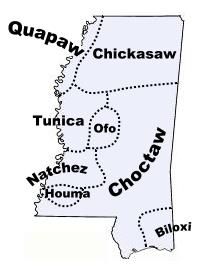
Natchez Culture:
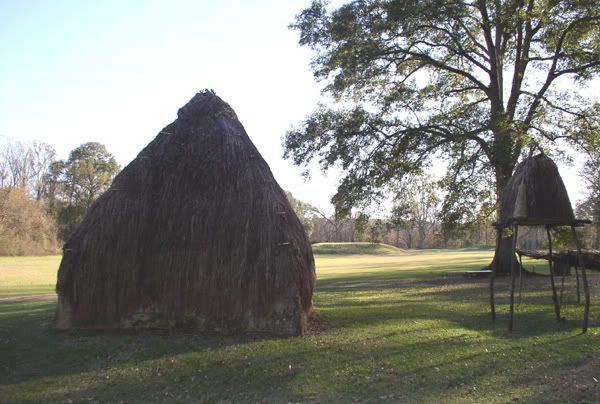
Shown above is a portion of a reconstructed Natchez village.
Among most American Indian nations, leadership involved persuasion rather than power. However, this was not the case among the Natchez where the Great Sun-the term used by the Natchez for their leader- served as both religious and civil chief. The Great Sun had subsantial power and unlike the political leaders of other Indian tribes, the Great Sun reigned as a kind of king. His power over his individual subjects, their lives, labor, and property was absolute and despotic. In political decisions involving the nation as a whole the Great Sun was advised by a council of respected men.
The Great Sun lived in a large house which was situated on top of a low pyramid (8 to 10 feet high). Near this pyramid was a second pyramid whose structure served as the temple.
As a religious leader, the Great Sun was responsible for keeping the sacred fire burning. The position of the Great Sun was inherited through the Sun family. As a matrilineal family, this meant that a Great Sun was succeeded by the son of his sister rather than by his own son.
According to Natchez oral tradition, the first Suns were a man and a woman who came from the Upper World to teach people how to live better and to govern them. It was the first Sun who commanded the people to build a temple and it was the first Sun who brought down pure fire from the sun for the sacred fire.
The Natchez gave the Great Sun large presents of food as an expression of their devotion. The Great Sun, in turn, redistributed this food among the people.
While most American Indian nations were egalitarian, meaning that they had no social classes, this was not the case among the Natchez. They had the most elaborate and well-developed social stratification found among Indian nations. At the top of this stratified society was the Great Sun and his select group of wives and immediate relatives. Next came the tier of high nobles, followed by less nobles, or ‘honored men,’ under whom stood commoners, who were known as Stinkards, and finally slaves, who were usually prisoners of war.
Social stratification among the Natchez was symbolized by behavior of the lower classes regarding the upper classes. Thus, when the people encountered the Great Sun or even came in sight of his temple, they performed a ceremonial greeting. Nobles would not eat with commoners or allow their food to be touched by them.
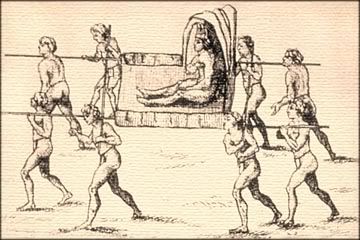
Shown above is an early drawing of the Great Sun being carried on a litter so that his feet would not need to touch the ground.
Highly stratified societies tend to be unstable and the differences between the social classes is a disintegrating social force. The Natchez, however, integrated their social classes in an interesting way: upper class males were required to marry down. Since the Natchez were matrilineal, this meant that the children of an upper class man would not belong to the upper class. In this way, families cross-cut the social class strata and helped to tie the society together.
The French and the Natchez:
The French first contacted the Natchez in 1682 when an expedition led by René-Robert Cavelier, Sieur de La Salle travelled down the Mississippi River. French visits in the 1690s found the Natchez to be friendly and welcoming. French Catholic missionaries began to settle among the Natchez in 1698 and these were soon followed by colonists who settled in Natchez territory. At this time, the Natchez had six to nine villages with a population estimated at 4,000-6,000 people.
In 1713, the French opened a trading post at the Great Village of the Natchez. The following year, the French traders established a warehouse at Natchez in order to acquire deerskins from upcountry villages.
In 1715, a French party going down the Mississippi River refused to stop and smoke the pipe with the Natchez. Interpreting this insult as a sign of hostility, the Natchez killed four French traders and plundered the local French warehouse. The following year the French, in retaliation for the killing of four traders, sent a force against the Natchez. The French demanded that the Natchez give them the heads of those responsible for the deaths of the traders. Natchez leader Petit Soleil returned with only three heads. The French then killed four Natchez hostages.
Tattooed Serpent, a Natchez noble and war chief, befriended Antoine Le Page du Pratz, a French architect-engineer in 1718. Du Pratz later described the Natchez village, its mounds, and its dwellings. Tattooed Serpent lived in a 30 by 20 foot house built on top of a 10 foot high mound which was in the center of the village. To the south was a ceremonial plaza and the Sun Temple which was on top of another mound.
In 1722, a French sergeant killed several Natchez in a dispute over corn. Since the French commandant did not punish the sergeant, Natchez warriors began a series of raids against the French. In one instance a group of warriors from the White Apple village (who were reportedly drunk) attacked a French plantation. The French responded by dispatching troops from New Orleans. Tattooed Serpent managed to make peace with the French and forced the Natchez villages of White Apple, the Hickories, and the Griga to pay an indemnity to the French.
In spite of the peace negotiated by Tattooed Serpent, the following year a French army with more than 600 soldiers marched against the Natchez. The Natchez sued for peace and the war chief Stung Serpent managed to negotiate a peace settlement. However, many of the Natchez people remained unhappy about the abuses and influences of French colonization.
As a part of the peace agreement, the French governor asked Tattooed Serpent to bring him the head of the chief of the village of White Apple, Old Hair, a Sun of great distinction who was highly respected by the Natchez. Ironically, Old Hair was pro-French. As a Sun, Old Hair was supposed to be exempt from capital punishment for any reason. The French request was somewhat like asking the Pope to serve up the head of a cardinal. Tattooed Serpent submitted to the request and brought Old Hair’s head to the French governor.
In 1724, the Natchez rebelled against the French and killed many French colonists.
In 1725, Tattooed Serpent, the brother of the Great Sun and Natchez War Chief, died. At his funeral, two of his wives, his sister, his doctor, his head servant and the servant’s wife, his nurse, and the man who made his war clubs, chose to die with him. Such a ritual suicide, carried out so that they could accompany him into the afterworld, was considered to be a great honor.
Natchez war chief Stung Serpent commented in 1725 on life before the coming of the French:
“Did we not live better than we do, seeing we deprive ourselves of a part of our corn, our game, and fish, to give a part to them?”
In 1728, the Natchez joined with the Choctaw in an attempt to oust the French from their lands, but were defeated after some initial victories. In the first few hours of the uprising, the Natchez killed 145 men, 36 women, and 56 children. They captured 300 African slaves and 50 French women and children.
During this war against the French, the Great Sun of the Natchez died. The Great Sun who replaced him was young and less effective as a leader.
In 1729, French Commandant de Chopart told the Natchez Sun of the town of White Apple:
“Between thy race and mine are no kindred ties; nor do I parley with any of your race. Let it suffice you, that when I command, you must obey.”
The Natchez were then ordered to abandon their town so that it could be taken over for a plantation. When the Natchez refused, nearly 1,000 Natchez were seized and sold as slaves.
In 1730, a combined force of French and Choctaw attacked the Natchez, killing nearly 100 Natchez warriors.
By 1731, many Natchez groups were seeking refuge from the French. One band of Natchez refugees settled near the Tunica. The Natchez then attacked the Tunica, killing 20 men and capturing 8 women. Another group of Natchez refugees with 75 warriors joined a group of Chickasaw to form a new village. The combined Chickasaw and Natchez warriors then carried out a guerrilla war against the French.
In 1734, the French attacked and destroyed much of the Natchez nation. They burned the written history which the Natchez had been recording for 50 successive chiefs.
In 1737, a group of Chickasaw and Natchez sought the protection of their Creek allies and formed the Breed town or Naucee town, which was incorporated into the Creek confederacy.
By 1763, the once great Natchez Nation, the inheritors of the ancient Mississippian tradition, had been broken and its people scattered among the other nations of the Southeast. Forgetting, or perhaps ignoring that they had destroyed the written history kept by the Natchez, the French noted that the Natchez were an oral society and they used constant repetition to remember transactions. One Frenchman wrote:
“Consequently many of the youths are often employed in hearing the old men narrate the history of their ancestors, which is thus transmitted from generation to generation. In order to preserve their traditions pure and uncorrupt, they are careful not to deliver them indifferently to all their young people, but teach them only to those young men of whom they have the best opinion.”
After this time, the Natchez faded into semi-oblivion in the minds and writings of the European invaders. While it has often been reported that the Natchez were exterminated by the French, they actually joined other tribes, keeping portions of their culture and language alive.
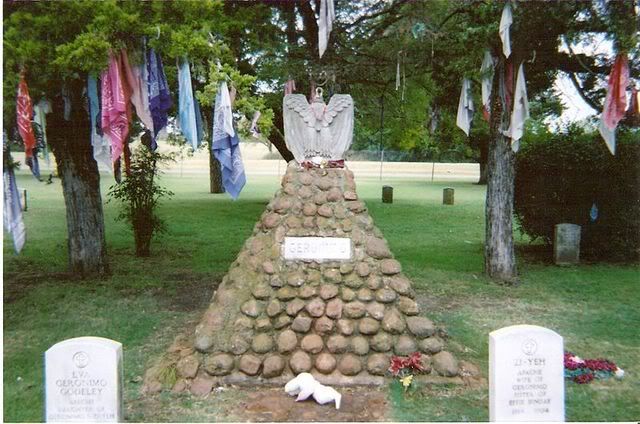
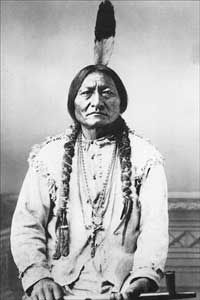
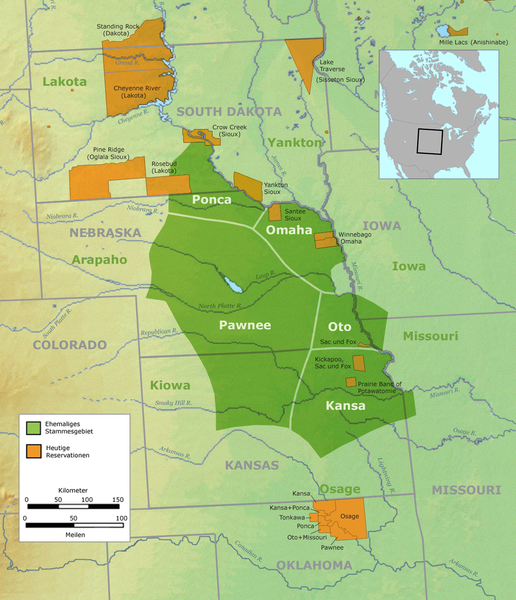
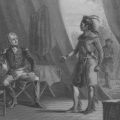
I believe I am a descendant of this tribe. I also believe my fiancé’ was of English decent. Also that our marriage has been arranged. I can’t prove it and was looking to learn more about the traditions and spirits.